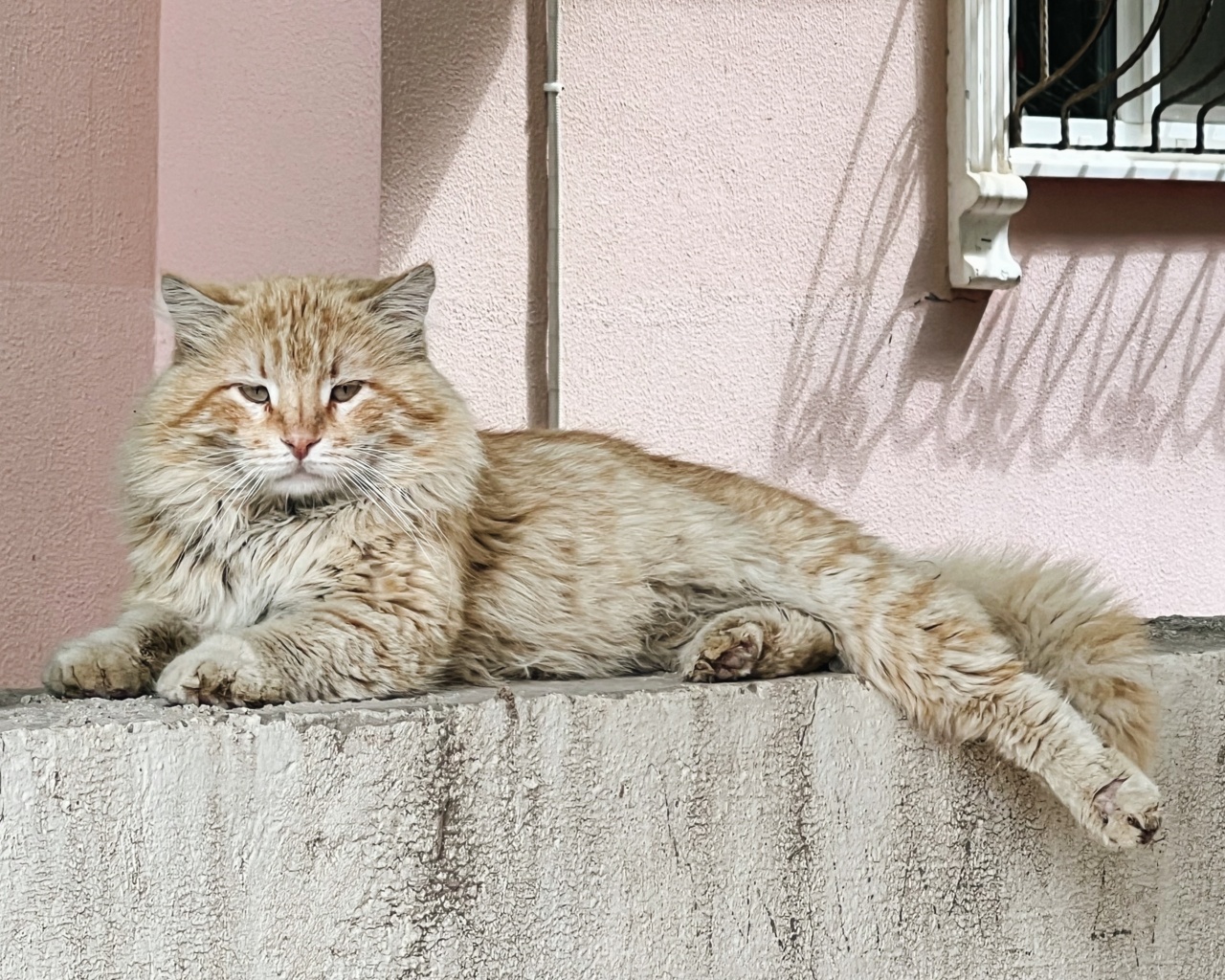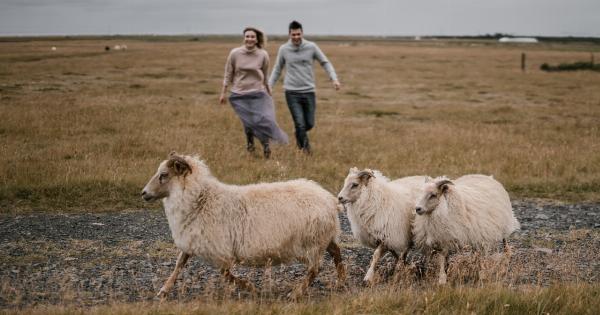The Dutch government has recently proposed a ban on genetically-modified pets that have been modified solely for “cuteness”.
This comes after concerns have been raised about the ethics and animal welfare implications of creating genetically-engineered pets with traits like shorter legs, flatter faces, and larger eyes purely for aesthetic purposes.
What Are “Cuteness Mutations”?
“Cuteness mutations” are genetic modifications that are designed to make pets appear cuter to their owners. These modifications can include changes to a pet’s size, shape, coat pattern, or facial structure.
For example, the Munchkin cat breed has been created by selectively breeding cats with a genetic mutation that causes their legs to be shorter than usual. Similarly, the Scottish Fold cat breed has a genetic mutation that causes their ears to fold forward, giving them a distinctive and adorable appearance.
While these mutations may be seen as desirable by some pet owners, they can come at a cost to the animal’s health and well-being.
For example, the short legs of Munchkin cats can lead to joint problems, while the folded ears of Scottish Folds can cause chronic ear infections and other health problems.
The Ethics of Genetically-Modified Pets
The breeding of genetically-modified pets for purely aesthetic purposes raises significant ethical considerations.
Some critics argue that it is wrong to create animals that have been selectively bred to have specific physical traits, particularly when those traits can cause health problems or discomfort for the animals.
There are also concerns that the creation of genetically-modified pets could lead to an increase in demand for animals with specific traits, which could lead to over-breeding and a proliferation of unhealthy or poorly-bred animals.
Additionally, there are worries that this type of breeding could lead to a loss of genetic diversity, which could have long-term implications for the health and survival of certain breeds.
The Proposed Ban
The Dutch government’s proposed ban would prohibit the breeding, sale, and ownership of genetically-modified pets that have been modified solely for “cuteness”.
The ban would not apply to pets that have been genetically modified for medical purposes or to enhance their health and welfare, such as pets that have been bred for lower allergy potential or to reduce the risk of certain diseases.
The ban would be enforced by the Dutch animal welfare agency, and those found to be in violation of the ban could face fines or even imprisonment.
Reaction to the Proposed Ban
The proposed ban has received mixed reactions, with some animal welfare advocates applauding the move and others arguing that it is unnecessary and could stifle innovation in the pet breeding industry.
Those in favor of the ban argue that it is a necessary step to protect animal welfare and prevent the creation of animals that suffer from health problems as a result of their physical traits.
They also point out that there are already many breeds of pets with aesthetic traits that are the result of natural genetic variation, and that there is no need to create new breeds with modified traits.
Opponents of the ban argue that it is an overreach of government power and that it could stifle innovation in the pet breeding industry.
They also contend that many pets are bred for purely aesthetic reasons and are not necessarily unhealthy or suffering as a result of their physical traits. Some also argue that the ban could unfairly target small breeders and hobbyists who do not have the resources to genetically engineer their pets.
The Future of Genetically-Modified Pets
The debate over the ethics and animal welfare implications of genetically-modified pets is likely to continue in the coming years.
While some countries, like the Netherlands, may move towards stricter regulation of genetically-engineered pets, others may take a more laissez-faire approach to pet breeding.
Regardless of the regulatory landscape, it is clear that pet owners and breeders alike should consider the ethical implications of creating animals with specific physical traits.
The health and welfare of the animal should always be the top priority, and aesthetics should not come at the cost of the animal’s well-being.
Conclusion
The Dutch government’s proposed ban on genetically-modified pets with “cuteness mutations” has sparked debate about the ethics and animal welfare implications of selective breeding for aesthetic purposes.
While some argue that such breeding is unnecessary and can lead to health problems for animals, others contend that it is a harmless practice that should be left alone.
Regardless of where one stands on the issue, it is clear that the debate over genetically-modified pets is far from over.
As concern grows about the health and welfare of our animal companions, it is important that we consider the long-term implications of our breeding practices and work to create a more ethical and sustainable future for our pets.































